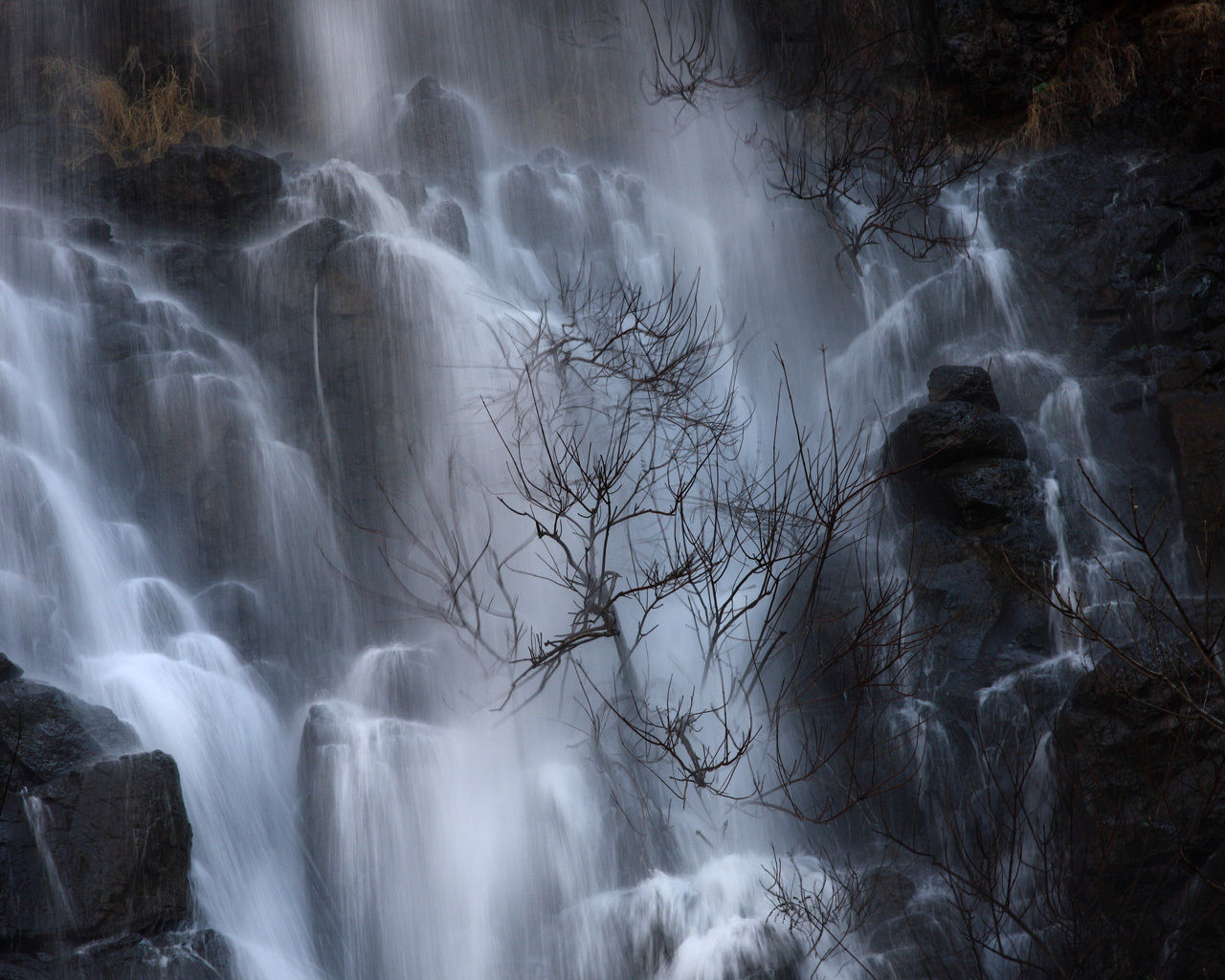
Second Chance Community Services Inc.
A Non-Profit 501c3 Organization
Phone: 404-419-6088 or 404-655-0986
www.openwindowtv.org
Sapelo Island's Documentary


Barbados West Indies Island's Documentary
Sapelo Island, Georgia & Barbados West Indies, How Are They Related?
Sapelo Island is carefully guarded against the encroachment of development, in a rare but encouraging twist of fortune for a small patch of land that was at various points a prize for aspiring European colonists, a pawn in the struggle between Native Americans and European settlers, a grand plantation and a refuge for captains of industry. Now most of the island is a refuge for the creatures of the marsh, forest and dunes. And for the few folks each day who are lucky enough to visit this cherished bit of paradise, it lives on in the mind as a refuge of all that’s still wild and wonderful on the Georgia coast.
Much of Sapelo’s magic comes from the natural world of the here and now. Live oaks dripping with moss arch their limbs over unpaved sun dappled roads. Pelicans patrol the surf along miles of unspoiled beaches. Stately herons stalk fish and frogs in the dense cord grass of the salt marshes and fiddler crabs wave defiant oversized claws from their muddy turf. But hints of human history provide a strange and beautiful counterpoint to the island’s wild side. Glowing white neo-classical statues that watch over the grounds of a former plantation; the crumbling tabby ruins of a once-grand 18th century estate; and ancient shell Middens that hint at the lives of Sapelo’s first inhabitants thousands of years ago.

A tour featured is Hog Hammock, the one small piece of Sapelo that is still under private ownership. Their lives a community of about 100 African-American residents who are mainly descendants of freed slaves from Spalding’s and other local plantations, with a culture unique to the Low Country. The Gullah language is a mixture of West African and English and the Gullah/Geechee heritage reflects their connection to the land, ancestral joys and adversities, and the improbable survival of an old way of life under constant siege from time. As Sapelo native Cornelia Walker Bailey writes in her essay I Am Sapelo, “We are one, bound by the spirit of an island and Bulallah the slave. Bound by high tide, fields, gossips, smoke mullet and our faith.”
The Gullah/Geechee culture is celebrated with food, traditional music, crafts, and live entertainment during the annual Sapelo Island Cultural Day. Sapelo Lighthouse charms visitors at the southernmost tip of the island. Crisply striped in red and white (a look it’s sported since 1868), the lighthouse has stood as a witness to the Civil War, hurricanes, multiple upgrades and periods of abandonment.
It may take just a little extra effort to visit Sapelo Island, but those who do are rewarded with an intimate encounter with the pure wild beauty of the Sea Islands, their creatures and their heritage. It may take just a little extra effort to visit Sapelo Island, but those who do are rewarded with an intimate encounter with the pure wild beauty of the Sea Islands, their creatures and their heritage.
credits to:T. Martin


We invite your historical knowledge and input concerning these two projects. Please use our "contact" link or "phone numbers" above to communicate your interest. Please see the projected budget on next page...